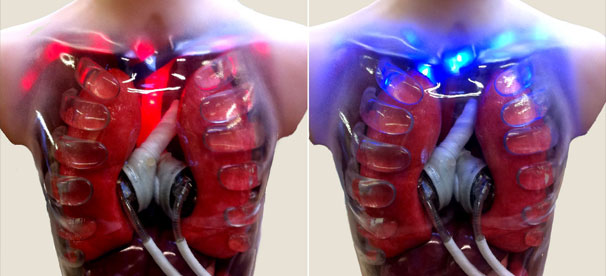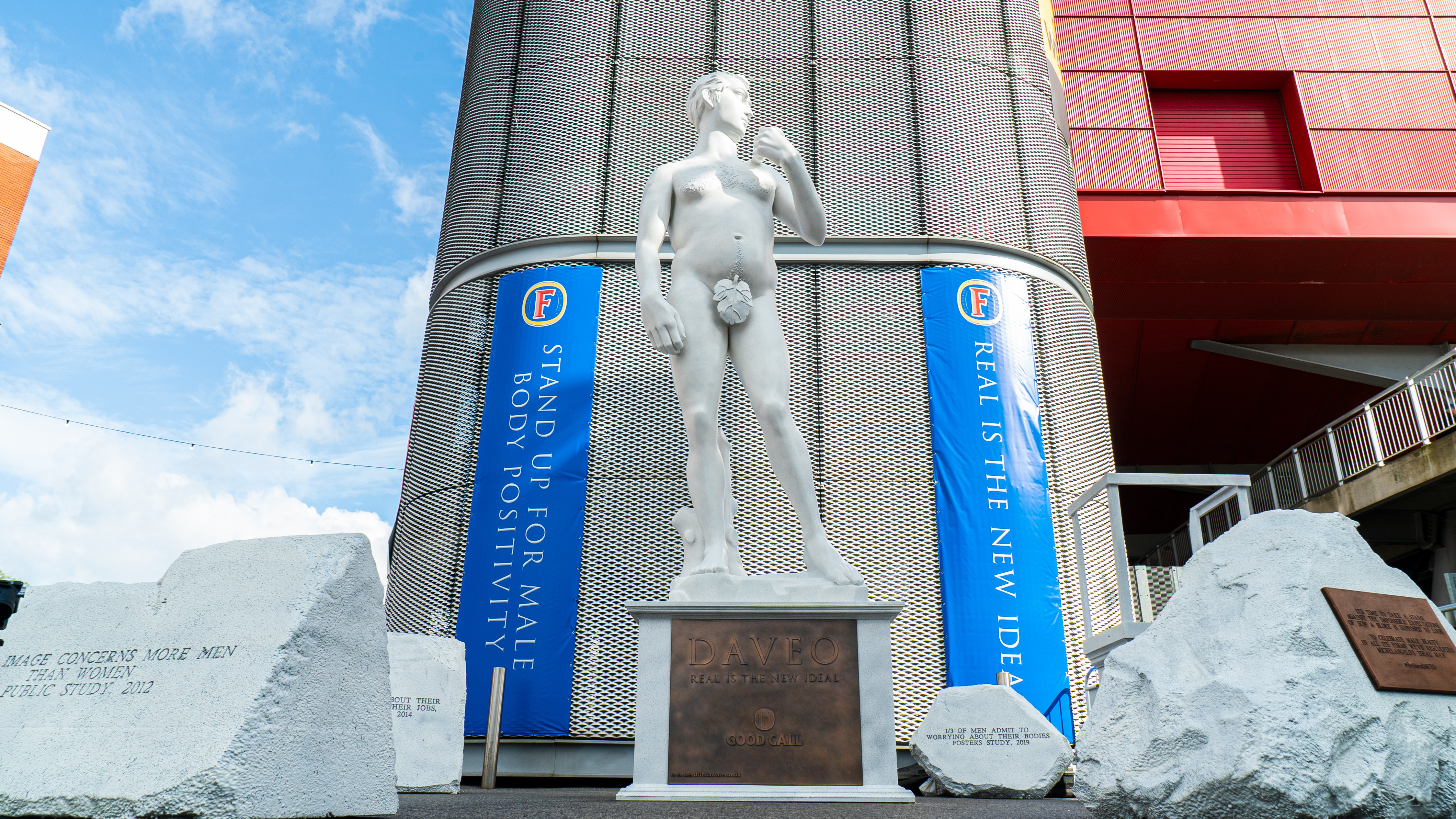Amalgam Modelmaking worked with Adam & Eve DDB for Fosters Lager on a UK viral…
Cutaway Models – Compost, Insulation and Secrecy
This last week we have made a number of models which share a common theme – having bits cut out of them to see what’s going on inside.
The first was a set of wall insulation models for Concept PR, made with the permission of the Centre for Sustainable Energy with whom we designed the original set. Concept PR’s set brings our total up to 14 sets of these popular units. They are simple cutaway models showing the different layers of wall insulation that can be applied to the interior and exterior of a house, depicting the necessary layers of render, mesh, insulation and other materials to make a home more energy efficient.
Meanwhile, our new trading arm, Recycling Displays, has been hard at work making cross-section compost bins, showing the strata of decomposing vegetable matter and how household waste can be recycled into nutrient-rich compost for gardens and vegetable patches. These models are popular with councils and charities and are well worth a look.
Finally, we have made a set of energy models we can’t talk about, and which we can’t show you photos of, but which also depict componentry in cross-section and for the purposes of this post are worth mentioning as part of the pattern of things-cut-in-half.
Cutaway models can be very effective in drawing a viewer in, since they play on natural human curiosity. Seeing the internal nuts, bolts and guts of a building, product or process can stimulate a viewer’s imagination, inviting them to engage with the model and (crucially) what it represents.

Many of our architectural models, particularly those of schools and academies, have removable roofs and floor plates to show the interior wall detail. We have made a sectional submarine model, cutaway houses showing the movements of electricity and hot water through the building, and high-realism industrial temperature regulation units, busy with engaging internal detail, which would otherwise be prefab grey boxes. We’ve also made a see-through human torso for the Glasgow Science Centre demonstrating an artificial heart, nestled among cast silicon lungs and other entrails.

Ultimately, a cutaway model is a great communicator, and can really break down complexity for the uninitiated in showing how something works. This is relevant in a number of sectors, such as exhibitions, museum pieces, prototypes, proof-of-concept demonstration models and areas of new technology (energy, for example) where trade shows and conferences will be attended by non-engineers.
Get in touch with one of our project managers to talk about your project, and consider having it cut in half.



